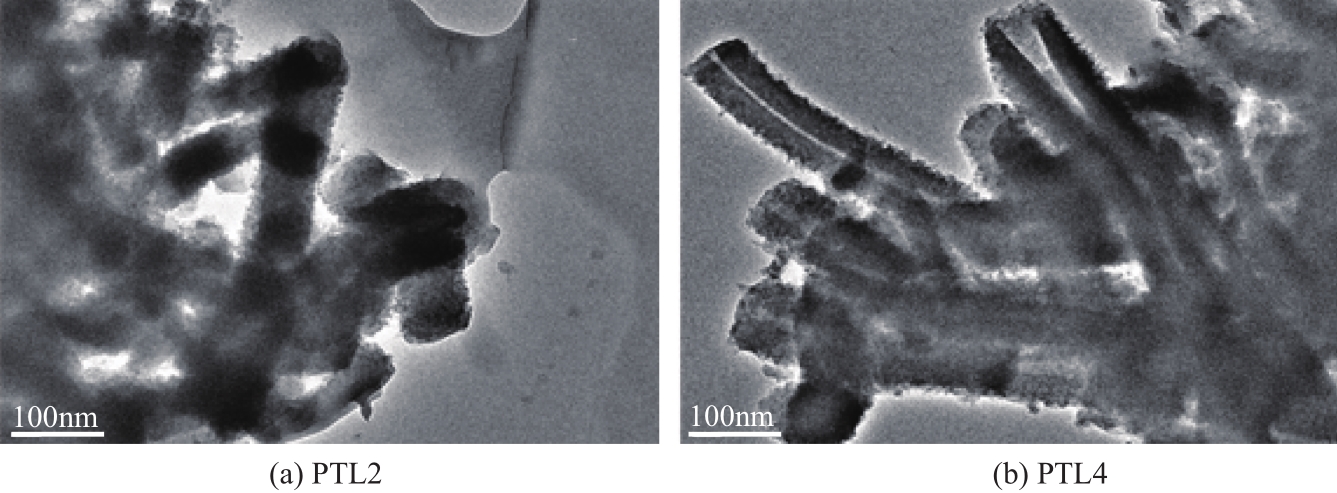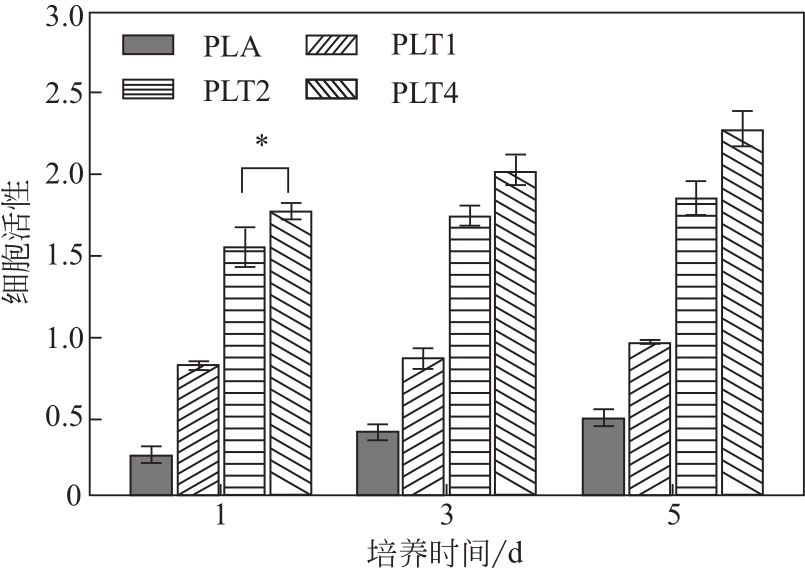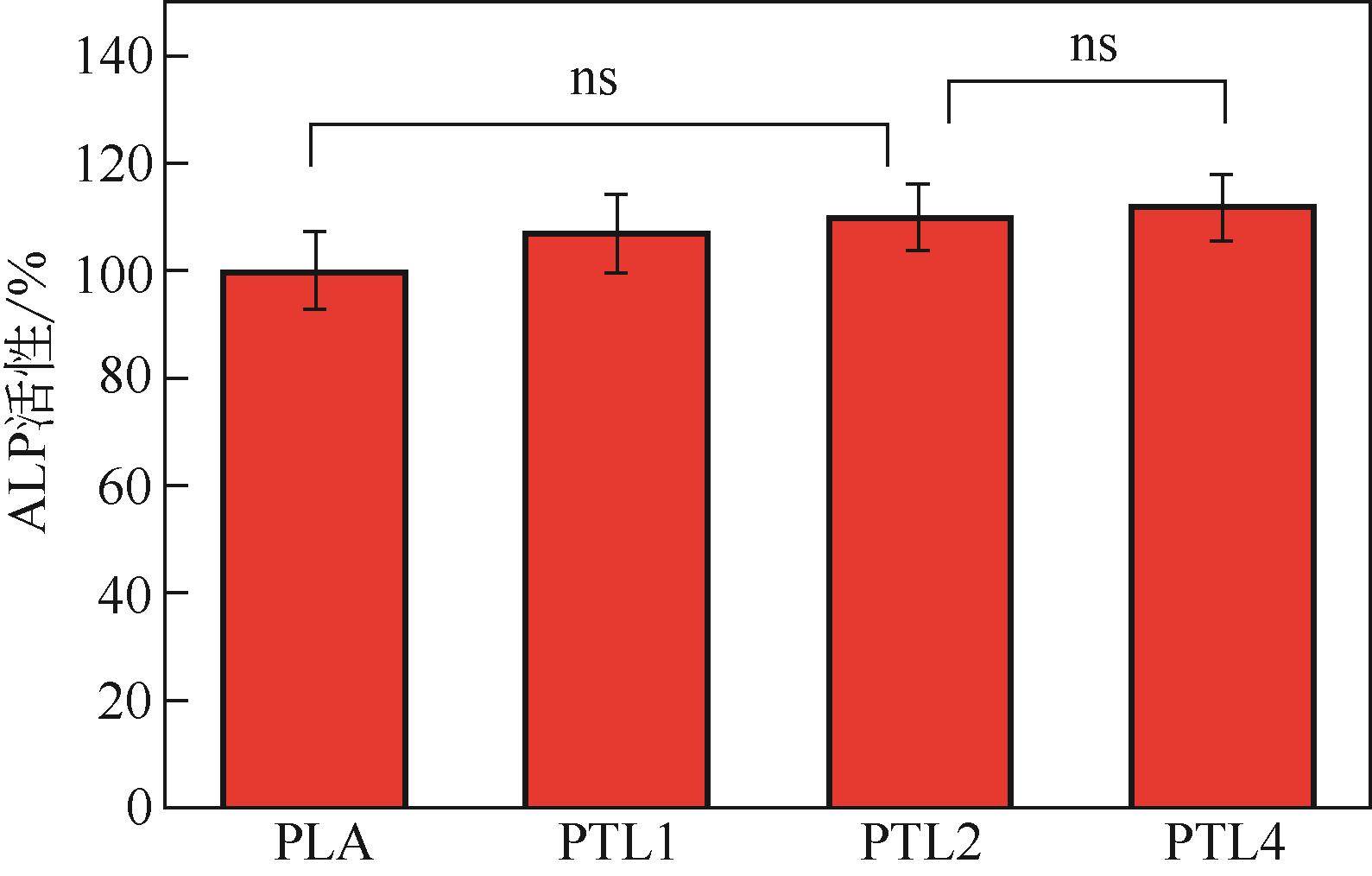| 1 |
ZHANG J G, QIU K X, SUN B B, et al. The aligned core-sheath nanofibers with electrical conductivity for neural tissue engineering[J]. J. Mater. Chem. B, 2014, 2(45): 7945-7954.
|
| 2 |
MASSOUMI B, SORKHI-SHAMS N, JAYMAND M, et al. Star-like nanostructured polyanisidine and polyaniline prepared from D-glucose: synthesis, characterization, and properties[J]. RSC Adv., 2015, 5(27): 21197-21205.
|
| 3 |
THRIVIKRAMAN G, MADRAS G, BASU B, et al. Intermittent electrical stimuli for guidance of human mesenchymal stem cell lineage commitment towards neural-like cells on electroconductive substrates[J]. Biomaterials, 2014, 35(24): 6219-6235.
|
| 4 |
WIBOWO A, VYAS C, COOPER G, et al. 3D printing of polycaprolactone-polyaniline electroactive scaffolds for bone tissue engineering[J]. Materials, 2020, 13(3): 512.
|
| 5 |
WU Y B, CHEN Y X, YAN J H, et al. Fabrication of conductive gelatin methacrylate-polyaniline hydrogels[J]. Acta Biomater., 2016, 33: 122-130.
|
| 6 |
ZHU B G, LI Y H, HUANG F H, et al. Promotion of the osteogenic activity of an antibacterial polyaniline coating by electrical stimulation[J]. Biomater. Sci., 2019, 7(11): 4730-4737.
|
| 7 |
BIDEZ P R, LI S X, MACDIARMID A G, et al. Polyaniline, an electroactive polymer, supports adhesion and proliferation of cardiac myoblasts[J]. J. Biomater. Sci.: Polym. Ed., 2017, 2: 199-212.
|
| 8 |
LI L C, GE J, GUO B L, et al. In situ forming biodegradable electroactive hydrogels[J]. Polym. Chem., 2014, 5(8): 2880-2890.
|
| 9 |
MCKEON K D, LEWIS A, FREEMAN J W. Electrospun poly(D,L-lactide) and polyaniline scaffold characterization[J]. J. Appl. Polym. Sci., 2010, 115(3): 1566-1572.
|
| 10 |
REJMONTOVA P, CAPAKOVA Z, MIKUSOVA N, et al. Adhesion, proliferation and migration of NIH/3T3 cells on modified polyaniline surfaces[J]. Int. J. Mol. Sci., 2016, 17(9): 1439.
|
| 11 |
QAZI T, RAI H, DIPPOLD R D, et al. Development and characterization of novel electrically conductive PANI-PGS composites for cardiac tissue engineering applications[J]. Acta Biomater., 2014, 10(6): 2434-2445.
|
| 12 |
曹慧, 庞智, 高肖汉, 等. 有机酸掺杂聚苯胺的研究进展[J]. 化工进展, 2016, 35(10): 3226-3235.
|
|
CAO Hui, PANG Zhi, GAO Xiaohan, et al. Resaerch progress of organic acids doped polyaniline[J]. Chemical Industry and Engineering Progress, 2016, 35(10): 3226-3235.
|
| 13 |
LONG Y Z,LI M M,GU C Z, et al. Recent advances in synthesis, physical properties and applications of conducting polymer nanotubes and nanofibers[J]. Prog. Polym. Sci., 2011, 36(10): 1415-1442.
|
| 14 |
WAN M X. Some issues related to polyaniline micro-/nanostructures[J]. Macromol. Rapid Commun., 2009, 30(12): 963-975.
|
| 15 |
MU J J,MA G F,PENG H, et al. Facile fabrication of self-assembled polyaniline nanotubes doped with D-tartaric acid for high-performance supercapacitors[J]. Journal of Power Sources, 2013, 242: 797-802.
|
| 16 |
王志强, 杨小刚, 孙瑞雪, 等. 酒石酸掺杂聚苯胺纳米纤维的制备及性能研究[J]. 高分子通报, 2015(6): 37-43.
|
|
WANG Zhiqiang, YANG Xiaogang, SUN Ruixue,et al. Preparation and properties of tartaric acid doped polyaniline nanofibers[J]. Polymer Bulletin, 2015(6): 37-43.
|
| 17 |
刘春宁, 李学强. 酒石酸掺杂微/纳米结构聚苯胺的制备及表征[J]. 高分子材料科学与工程, 2014, 30(10): 149-153.
|
|
LIU Chunning, LI Xueqiang. Preparation and characterization of tartrate doped polyaniline with micro/nano structure[J]. Polymer Materials Science and Engineering, 2014, 30(10): 149-153.
|
| 18 |
MELAD O, JARUR M. Studies on the effect of doping agent on the structure of polyaniline[J]. Chem. Chem. Technol., 2016, 10(1): 41-44.
|
| 19 |
CHEN J,YU M,GUO B L, et al. Conductive nanofibrous composite scaffolds based on in-situ formed polyaniline nanoparticle and polylactide for bone regeneration[J]. J. Colloid Interface Sci., 2018, 514: 517-527.
|
| 20 |
JO A R, HONG M W, CHO Y S, et al. Assessment of cell proliferation in knitting scaffolds with respect to pore-size heterogeneity, surface wettability, and surface roughness[J]. J. Appl. Polym. Sci., 2015, 132(38): 1-13.
|
| 21 |
CHAKRAPANI V Y, KUMAR T S, RAJ D K, et al. Electrospun cytocompatible polycaprolactone blend composite with enhanced wettability for bone tissue engineering[J]. J. Nanosci. Nanotechnol., 2017, 17(4): 2320-2328.
|
| 22 |
RANELLA A, BARBEROGLOU M, BAKOGIANNI S, et al. Tuning cell adhesion by controlling the roughness and wettability of 3D micro/nano silicon structures[J]. Acta Biomater., 2010, 6(7): 2711-2720.
|
| 23 |
KUDRYAVTSEVA V, STANKEVICH K, GUDIMA A, et al. Atmospheric pressure plasma assisted immobilization of hyaluronic acid on tissue engineering PLA-based scaffolds and its effect on primary human macrophages[J]. Mater. Des., 2017, 127: 261-271.
|
| 24 |
LIU Z L, JI J J, TANG S C, et al. Biocompatibility, degradability, bioactivity and osteogenesis of mesoporous/macroporous scaffolds of mesoporous diopside/poly(L-lactide) composite[J]. J. Royal. Soc. Interface., 2015, 12(111): 1-11.
|
| 25 |
SUN Q H, DENG Y L. The unique role of DL-tartaric acid in determining the morphology of polyaniline nanostructures during an interfacial oxidation polymerization[J]. Mater. Lett., 2008, 62(12): 1831-1834.
|
 ), 张诗洋1, 黄兴文1, 朋小康1, 闵永刚1,2(
), 张诗洋1, 黄兴文1, 朋小康1, 闵永刚1,2( )
)
 ), ZHANG Shiyang1, HUANG Xingwen1, PENG Xiaokang1, MIN Yonggang1,2(
), ZHANG Shiyang1, HUANG Xingwen1, PENG Xiaokang1, MIN Yonggang1,2( )
)







